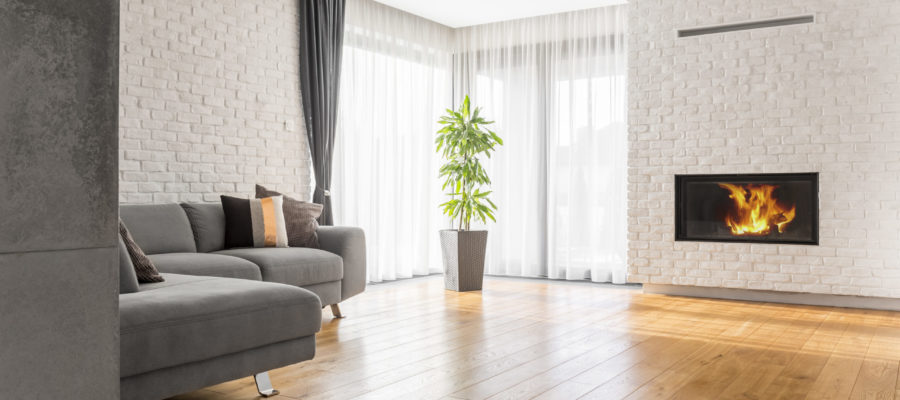There’s just something about flooring that makes a house a home. It’s one of the first things you see when you walk in, and it can really set the tone for the rest of the space. Plus, it’s one of the most important features when it comes to your comfort and safety.
That’s why it’s so important to choose the right flooring for your home. You need something that’s going to be durable and withstand everyday use but that’s also going to be stylish and complement your existing decor. Keep reading to learn more about the best flooring types for different rooms in the home.
Hardwood
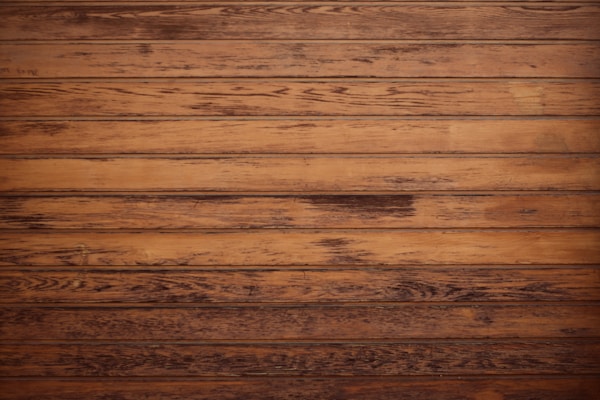
Hardwood flooring is a natural product that is durable and easy to maintain. It also adds beauty and value to a home. There are many different types of hardwood flooring, and each has its own unique characteristics. The most common type of hardwood flooring is oak. Oak is strong and resilient, and it comes in a variety of finishes, including natural, stained, and painted. Other popular types of hardwood flooring include maple, cherry, and walnut.
Hardwood flooring is a great option for most living spaces, but it is not recommended for bathrooms, as it can be susceptible to water damage.
Carpet
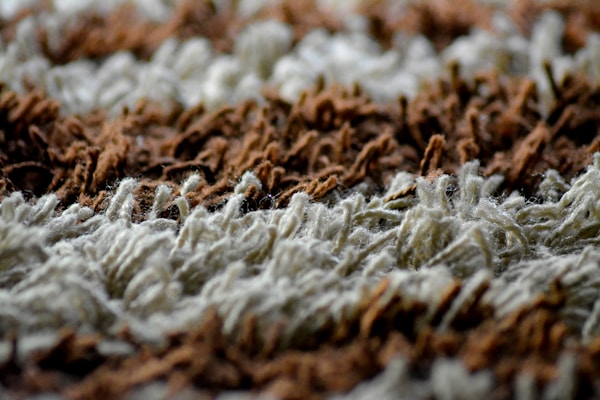
Carpet is a textile floor covering typically consisting of an upper layer of pile attached to a backing. The pile is generally composed of twisted or woven fibers, which may be synthetic or natural.
Carpet is a popular choice for bedrooms, as it provides a comfortable surface to walk on and helps keep bedrooms warm in the winter.
In living rooms, carpet can add comfort and style and help reduce noise levels, and a soft, luxurious carpet can make dining rooms more inviting.
Carpet is not recommended for every room, however. In particular, carpet is not a good choice for kitchens because it can be difficult to clean and can trap moisture and bacteria. Carpet is also not a good choice for bathrooms because it can become wet and moldy.
Tile
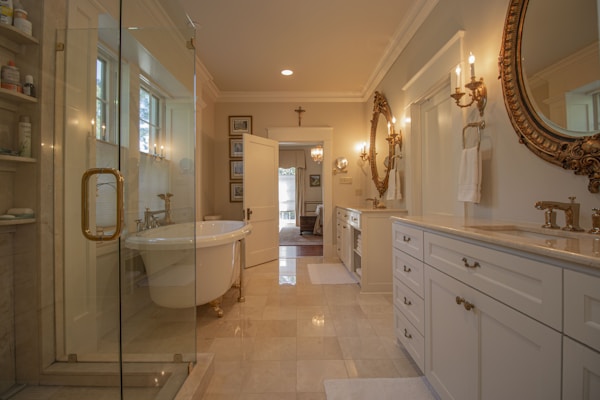
Tile flooring is a type of flooring that is made up of small, square tiles that are placed on top of a mortar bed. The tiles can be made from a variety of materials, including porcelain, ceramic, stone, or glass. Tile flooring is a popular choice because it is durable, easy to clean, and can last for many years. Tile flooring is best for bathrooms, kitchens, and laundry rooms because it is water resistant and easy to clean, making it a great option for areas that are likely to get wet. Tile can also withstand heavy foot traffic, making it a great option for high-traffic areas like entryways and hallways. Tile comes in a variety of colors and styles that are relatively affordable, so you can find the perfect budget-friendly option for your home.
Laminate
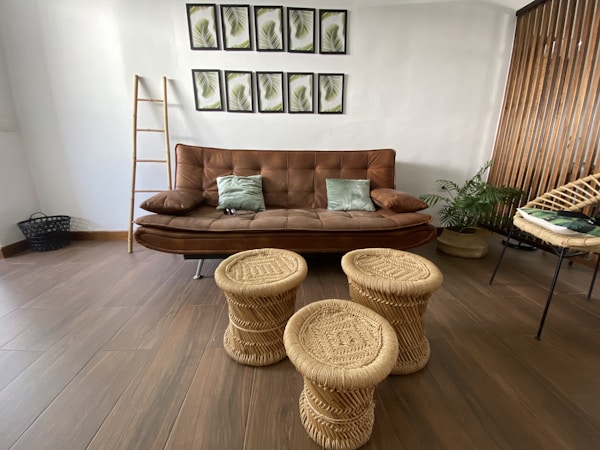
Laminate flooring is a composite flooring material that is made up of multiple layers of materials. The top layer is usually a synthetic material such as high-pressure laminate (HPL), which is a very durable and scratch-resistant material. The next layer is a moisture-resistant layer, followed by a core layer made of either a wood or composite material. The bottom layer is a backing made of either plastic or fiberboard.
The kitchen is a popular room for laminate flooring because it is easy to clean and maintain. Laminate flooring is also a good choice for the bathroom because it is water resistant. In addition, laminate flooring is a good choice for basements and mudrooms because it is durable and can withstand moisture.
Vinyl

Vinyl is a material made from PVC (polyvinyl chloride) that is designed to look like wood or stone. It is a popular choice for flooring because it is affordable, durable, and easy to clean. Vinyl flooring is available in a variety of colors and styles, and it can be installed in a variety of ways, including rolled, glued down, or snapped together.
For vinyl flooring, the best rooms are typically those that do not have much traffic. This means that bedrooms, studies, and other low-traffic rooms are perfect for vinyl flooring. Kitchens and bathrooms should typically be avoided, as they experience more traffic and thus are more likely to show wear and tear over time. Vinyl flooring is also a good choice for basements, as it is durable and can withstand moisture.
Use this article as a guide to select the right flooring for your home!
